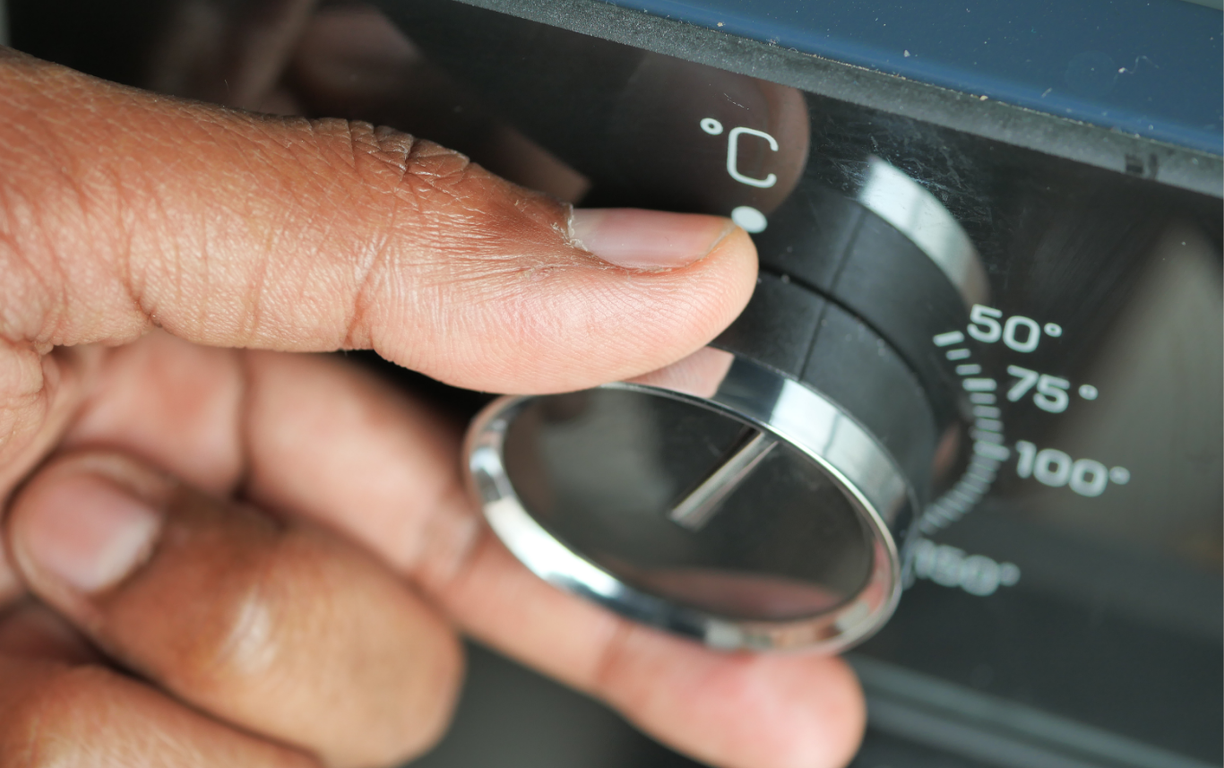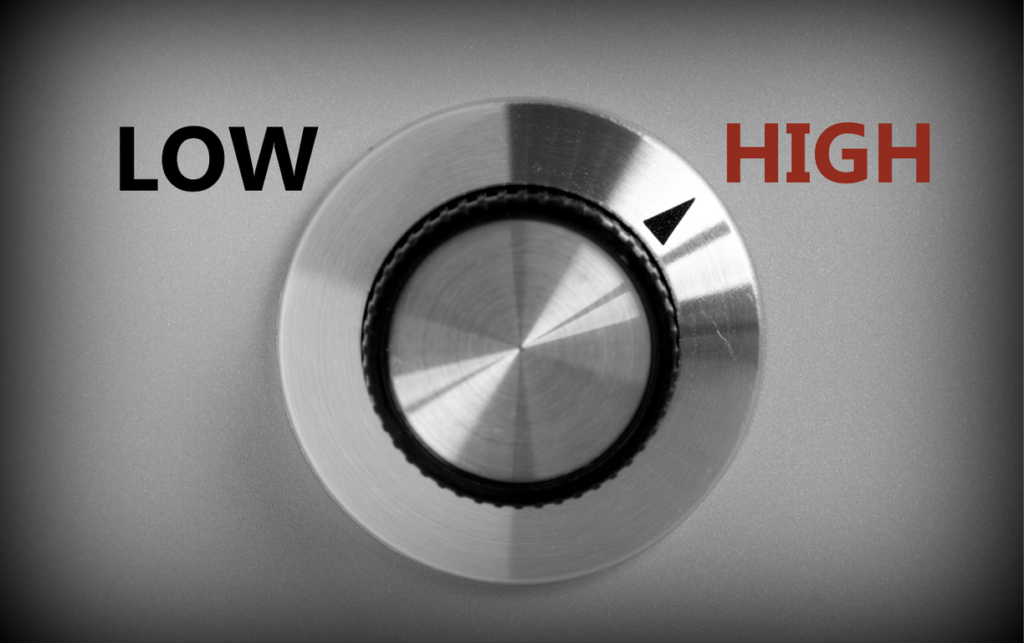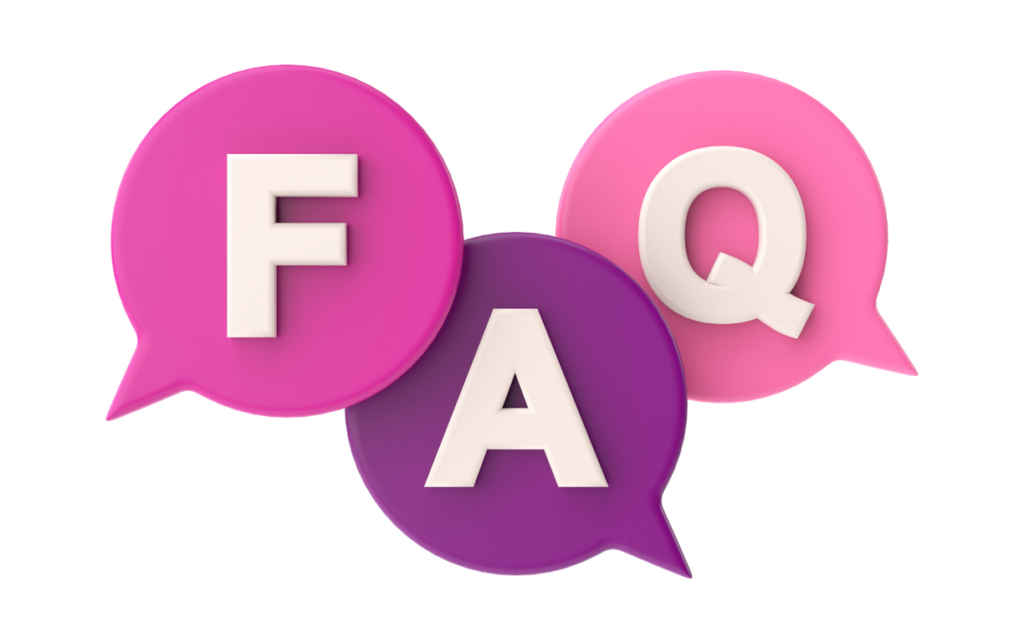Physical Address
304 North Cardinal St.
Dorchester Center, MA 02124
Physical Address
304 North Cardinal St.
Dorchester Center, MA 02124


When it comes to cooking, understanding how heat affects your food can be a game changer. You might find yourself wondering if cooking something for four hours on high is equivalent to eight hours on low. This question isn’t just about timing; it’s about how heat intensity influences flavor, texture, and overall results.
Understanding cooking methods clarifies how heat levels influence food. Different heat settings yield distinct results in cooking time, flavor, and texture.
High heat refers to temperatures between 400°F and 500°F. Cooking at this level typically sears food, locking in moisture and creating a crispy exterior. Low heat ranges from 200°F to 300°F. Using low heat results in gentler cooking, allowing flavors to meld and meats to tenderize over extended time. Four hours on high heat may cook food quickly but may not achieve the same depth of flavor and tenderness as eight hours on low heat.
Texture varies significantly between high and low cooking methods. High heat promotes browning and a crusty surface due to the Maillard reaction, enhancing flavor. However, the interior may remain less tender. Low heat allows collagen in tougher cuts of meat to break down gradually, yielding a melt-in-your-mouth texture. Foods cooked slowly retain moisture, preventing drying out and ensuring evenly cooked results.
Cooking time and temperature significantly influence the nutritional value of food. Understanding these differences can help you make informed cooking choices.
Cooking at high temperatures for shorter periods can lead to greater loss of sensitive vitamins like vitamin C and certain B vitamins. Cooking for four hours on high heat may degrade these nutrients more than cooking for eight hours on low heat. Low heat cooking preserves more vitamins through gentler methods, promoting better retention.
Flavor development varies between high and low cooking methods. High heat can create bold, concentrated flavors through methods like caramelization and Maillard reaction. However, this might sacrifice some subtle flavors present in the ingredients. In contrast, extended low-heat cooking allows ingredients to meld together, resulting in balanced, rich flavors that enhance the overall dish.
Understanding the pros and cons of cooking methods can help you choose the right approach for your meal preparation. Each method has unique benefits and drawbacks that affect time efficiency and overall results.
Choosing the right cooking method significantly impacts the outcome of your dishes. Understanding which foods thrive under high heat versus low heat can lead to more flavorful and textured results.
Understanding the difference between cooking on high heat for four hours and low heat for eight hours is crucial for achieving the best results in your dishes. Each method brings unique benefits to flavor and texture that can dramatically affect your meals.
While high heat offers quick cooking and bold flavors, it may not provide the same tenderness and depth that low heat can achieve over time. Choosing the right method based on your ingredients and desired outcomes can elevate your cooking experience.
So next time you’re in the kitchen, consider how heat impacts your food and make the choice that aligns with your culinary goals.

No, cooking for four hours on high heat is not the same as cooking for eight hours on low heat. High heat cooks food quickly and enhances browning, while low heat allows flavors to meld and tenderizes meats over time. This difference impacts flavor, texture, and overall cooking results.
High heat cooking promotes a crispy exterior and browning due to the Maillard reaction. However, it can lead to tougher textures in some meats, whereas low heat breaks down collagen, resulting in a tender, melt-in-your-mouth consistency.
Cooking at high temperatures for shorter periods can result in greater loss of sensitive vitamins, like vitamin C and B vitamins. Low heat cooking, on the other hand, preserves more nutrients due to its gentler methods.
High heat cooking creates bold, concentrated flavors through caramelization, but may lose some subtle tastes. Low heat allows ingredients to meld, resulting in balanced, rich flavors that enhance the overall dish, making it ideal for stews and casseroles.
High heat cooking is more time-efficient as it cooks food quickly. However, it risks overcooking and nutrient loss. Low heat cooking takes longer but yields richer flavors and preserved nutrients, requiring more planning and preparation time.
Dishes that benefit from high heat cooking include stir-fries, roasted vegetables, grilled meats, and broiled dishes. These options leverage quick cooking to enhance texture and flavor effectively.
Low heat cooking is ideal for slow-cooked soups, braised meats, casseroles, and stews. These dishes develop complex flavors and tender textures, rewarding the patience required for such cooking methods.